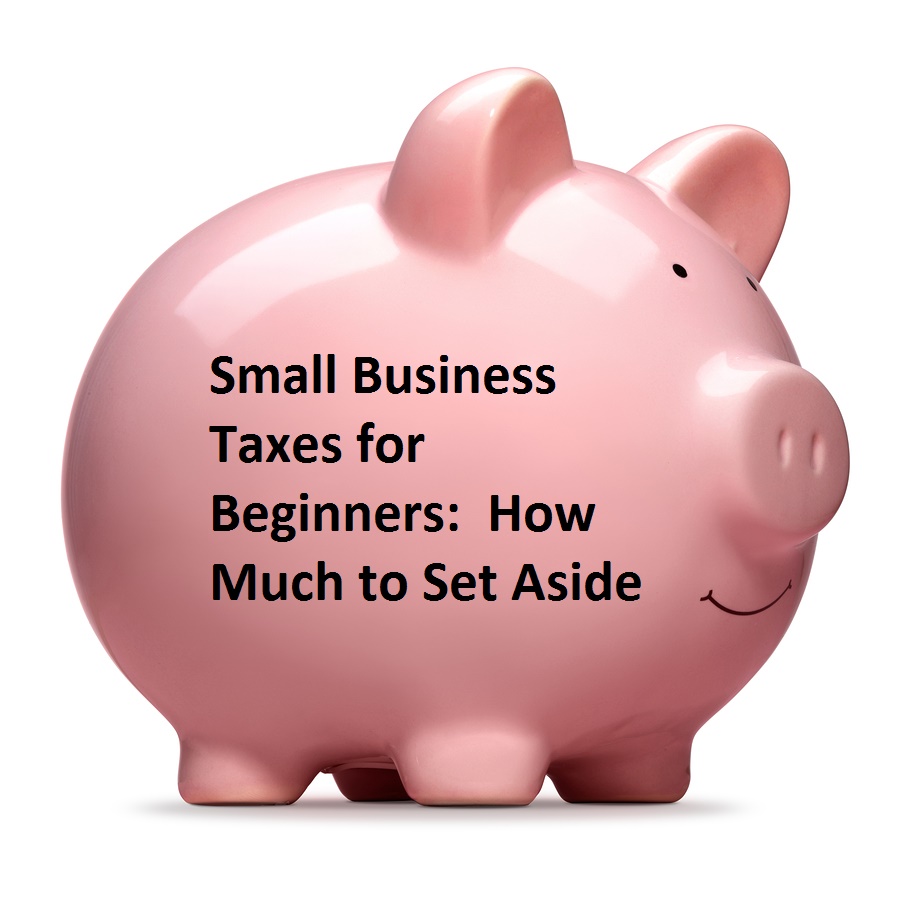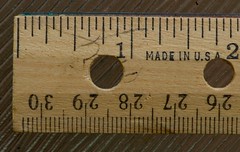I was talking with a small business owner the other day and she told me this story:
I have a friend who’s really hurting. She lost her job about six months ago and she just can’t make ends meet. She’s having a hard time even putting food on the table. I wanted to help her out so I had her come help me with a project at my business and I paid her under the table. The thing is, she really did a good job and I could really use some more help but I can’t afford to pay her under the table any more.
Let me make one thing perfectly clear: Never pay anybody under the table!
First, it will come back to bite you in the behind one way or another. Trust me, I do a lot of audit work. “Under the table” doesn’t help anybody. You don’t get a deduction for paying “under the table” and the person you paid can wind up getting audited and get stuck paying tax on that money anyway. It’s a lose/lose situation.
If you really want to help someone out, but you can’t officially give them a payroll job, hire them as a contractor. Do the whole thing, have them fill out a W-9 form, and explain that you’re hiring them as contract labor. Tell them they’ll have to pay taxes on the money: 13.3% for self employment tax plus any additional income tax for their tax bracket.
Hiring someone as a contractor gives you a “triple good” effect. First, by making your friend contract labor, you can write off the money you give her as a tax deductible expense. If you’re paying 40% on your self-employment income, that $100 you pay is really only costing you $60. Plus, you’re getting a benefit out of it too because you’re getting the benefit of her labor. And third, your friend has a job. It might not be a full time job, it might not pay all the bills, but it’s something to put on the resume to show that she’s working. News reports are saying that employers won’t hire someone who has been out of work for over six months. That contract labor job gives her a better chance at finding real work. Plus, it allows her to use you as a reference. (Okay, I guess that makes it four benefits, not three. That sort of makes me the accountant who can’t count. Maybe I should hire someone to help me with that.)
But what about all the reporting requirements? With contract labor, all you have to do is prepare a 1099, which is due in January. You can get the forms free from the IRS. It’s easy. You only have to submit 1099s if you pay someone over $600 so if you’re just helping someone a little, you don’t even have to worry about that. I’ll make a how-to post in late December, so you can do it yourself. (My fiendish plan to get people to come back to my blog.)
What about all the new tax incentives for hiring that the president has proposed? So what about them? Right now, that’s all they are—proposals. Congress may or may not pass some or all of them. We have to run our businesses and our lives in the present tense. I’ve tried waiting for Congress to pass bills before—it’s bad business. Hiring someone as contract labor is a good quick fix for your staffing problems and it’s a good quick fix for someone who may need to eat.
Who knows? Maybe that contract laborer you hire will be the key to you making big profits.










